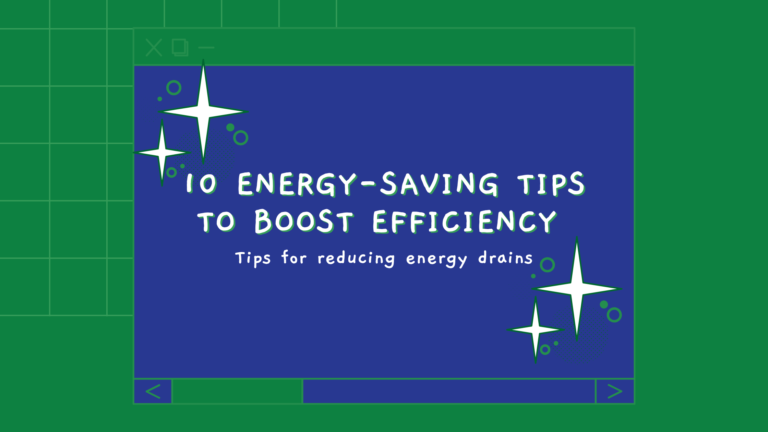
Managing energy effectively is key to reducing costs, improving sustainability, and reducing your energy use. Here are 10 actionable tips to address common energy drains and improve efficiency in your building:
Avoid leaving override settings active on HVAC controls. Regularly review and reset these settings to ensure your system operates efficiently. Proper management can significantly reduce unnecessary energy use and lower utility bills.
Ensure lighting schedules match actual building occupancy. Use motion sensors or smart lighting controls to turn lights off in unoccupied spaces. This simple change reduces wasted energy and extends bulb life.
Mixed-use spaces often suffer from simultaneous heating and cooling. Implement zoning strategies or recalibrate systems to avoid this conflict, saving both energy and money.
Dirty air filters force HVAC systems to work harder, increasing energy consumption. Regular maintenance, including cleaning or replacing filters, improves efficiency and indoor air quality.
Check your water heater’s temperature settings. Reducing setpoints to a reasonable level (e.g., 120°F) prevents energy waste while still providing hot water for everyday needs.
Computers, printers, and other devices left on 24/7 consume unnecessary energy. Implement policies to shut down equipment when not in use or invest in smart power strips to minimize phantom loads.
Poor insulation and gaps in weatherstripping can lead to significant energy loss. Sealing doors, windows, and other openings prevents heat or cool air from escaping, reducing energy waste and improving comfort.
Exterior lights running unnecessarily during the day waste energy. Install photocells or timers to ensure lights only operate when needed, cutting energy costs and extending the lifespan of bulbs.
Overventilation in rarely used spaces can drain energy. Adjust ventilation rates or install variable air volume (VAV) systems to match ventilation with occupancy levels. This reduces energy use while maintaining air quality.
Uncalibrated temperature, CO2, or occupancy sensors lead to inefficient system performance. Regularly check and recalibrate sensors to ensure accurate readings and optimal system operation.
By implementing these strategies, your business can reduce energy consumption, which saves money and contributes to a more sustainable future. Small adjustments can lead to big results—begin optimizing your energy use today.
